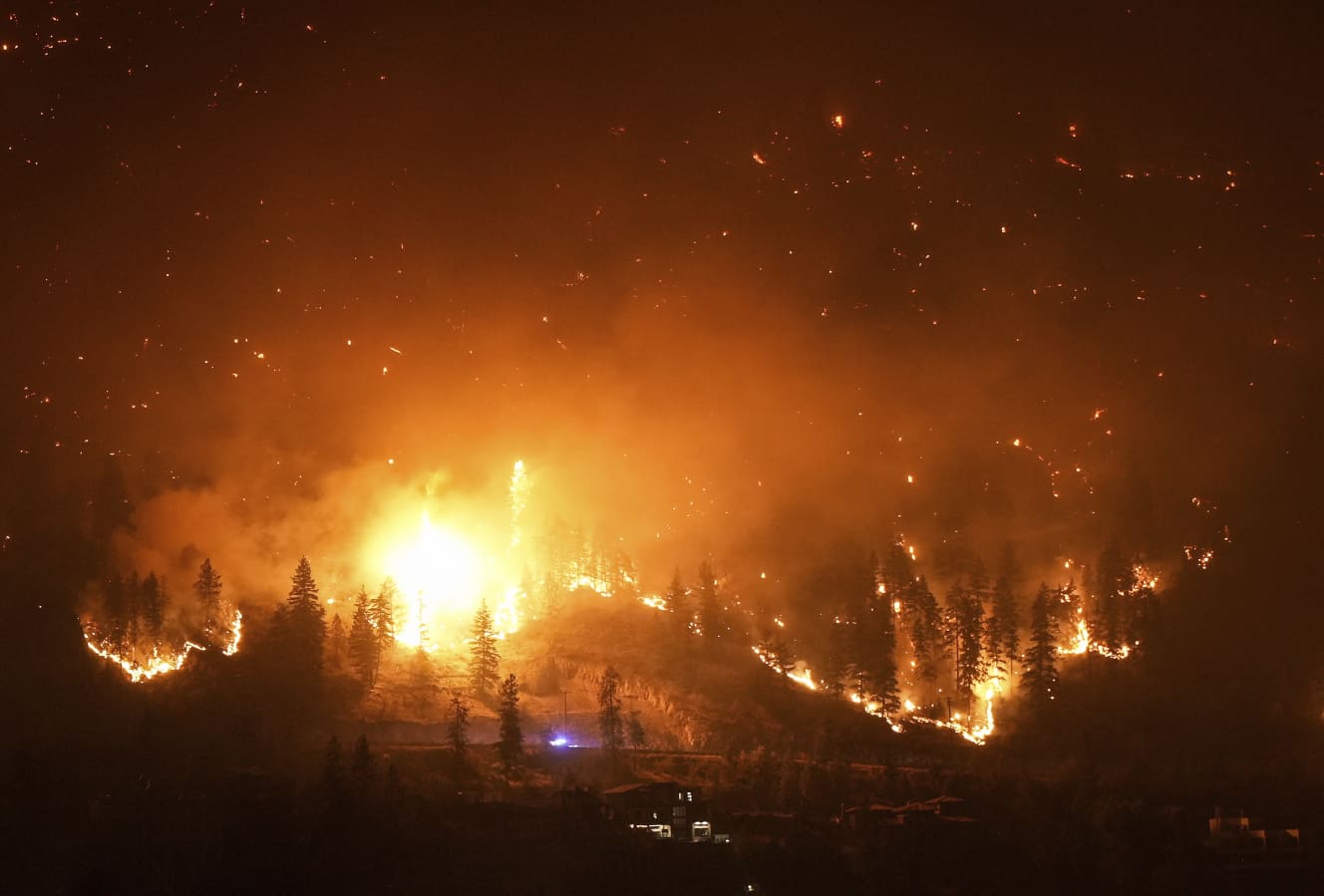Experts Warn of Worldwide Wildfire Outbreaks: “In fact, Typhoons Aggravate Damage.
The world’s worst “wildfire season” is upon us.
The August 8 wildfire on the U.S. island of Maui, Hawaii, killed 114 people (as of September 8), the most in the past 100 years in the U.S. It was a catastrophic fire that destroyed 2,200 buildings. In addition to Maui, large-scale forest fires have occurred frequently around the world, including Canada, Greece, and Spain. One of the most frightening causes of this disaster is natural.
On the Mediterranean coast, the humidity is only about 4-5% in areas close to the coast. When it is this dry, the friction between wood and wood rubbing against each other in the wind can cause ignition. If it is not done properly, the mere rustling of the wood can start a fire,” said Manabu Takahashi, a specially appointed professor at Ritsumeikan University’s Center for the Study of Pacific Rim Civilizations.
Although rare in humid regions such as Japan, forest fires caused by spontaneous combustion are not uncommon in other parts of the world. Large forest fires are often caused by extremely high temperatures and dry conditions, and Takahashi attributes this to the El Niño phenomenon announced by the UN’s World Meteorological Organization on July 4.
Due to the strong El Niño, the temperatures near the west coasts of North America and Europe are warmer and drier than usual,” Takahashi said. In addition, Europe is experiencing a “sirocco” wind blowing north from the Sahara Desert over the Mediterranean Sea. This year’s Sirocco is hotter and drier than usual, making Europe even more prone to forest fires.
In the recent Hawaii fires, most of the urban area was destroyed. Overall, the fires are particularly large-scale, with over 80,000 hectares of land damaged, more than the equivalent of 1,568 Tokyo Disneylands. Yoshihiro Tachibana, professor at Mie University’s Faculty of Bioresources, explains the cause of this large-scale damage.
This year, global warming has reduced the temperature difference between the Arctic and mid-latitude regions, causing the westerly winds to meander. The westerly wind meanders up and down, and high pressure is sitting in the upper regions. When high pressure sits over an area, the land becomes dry and extremely hot, creating conditions for spontaneous combustion over a wide area.

And according to a report released in ’22 by the United Nations Environment Program, the risk of large forest fires will increase by 14% by ’30 and 30% by ’50. Will large forest fires continue to occur in the future?
The Arctic warming will not suddenly stop. It cannot be prevented by simply reducing carbon dioxide emissions a little. Forest fires like the ones we are seeing now will continue to occur in the future.
Despite the growing threat of forest fires, there have been no large-scale cases in Japan. However, Mr. Tachibana warns that “Japan is no stranger to forest fires.
Japan has a relatively humid climate, so large-scale fires like the ones currently occurring around the world are unlikely to occur. However, even in such a Japan, there are dangerous cases. Typhoons. A typhoon rains in the central part of the country, but in remote areas, there is no rain, temperatures rise, and winds are strong.
This means that dry conditions are created. Furthermore, Japan is now located at the top of the meandering westerly winds, which makes it easy for a dry anticyclone to take up residence. Once a forest fire breaks out in such a place, it could spread over a vast area. Japan is no stranger to such fires.
In August alone, there are countless examples of large-scale fires. In early August, 6,700 hectares of land were destroyed in Portugal, and a few days earlier, more than 20,000 people were forced to flee their homes due to forest fires in Greece. Large-scale cases are occurring all over the world. Japan is no exception, so we must remain vigilant.
PHOTO: AFRO
